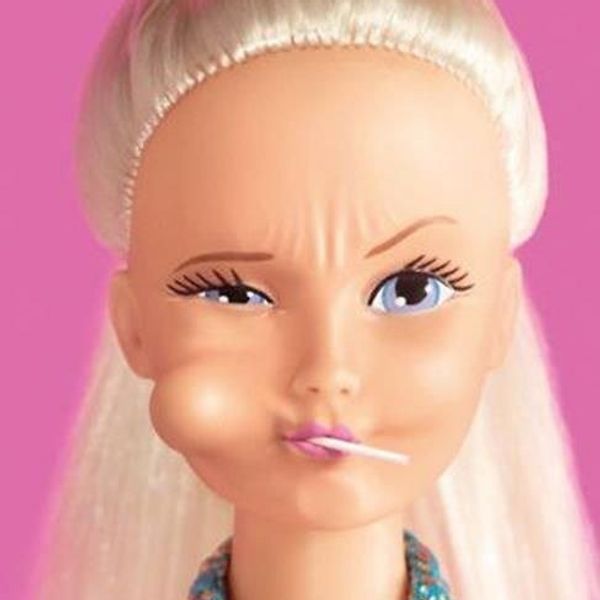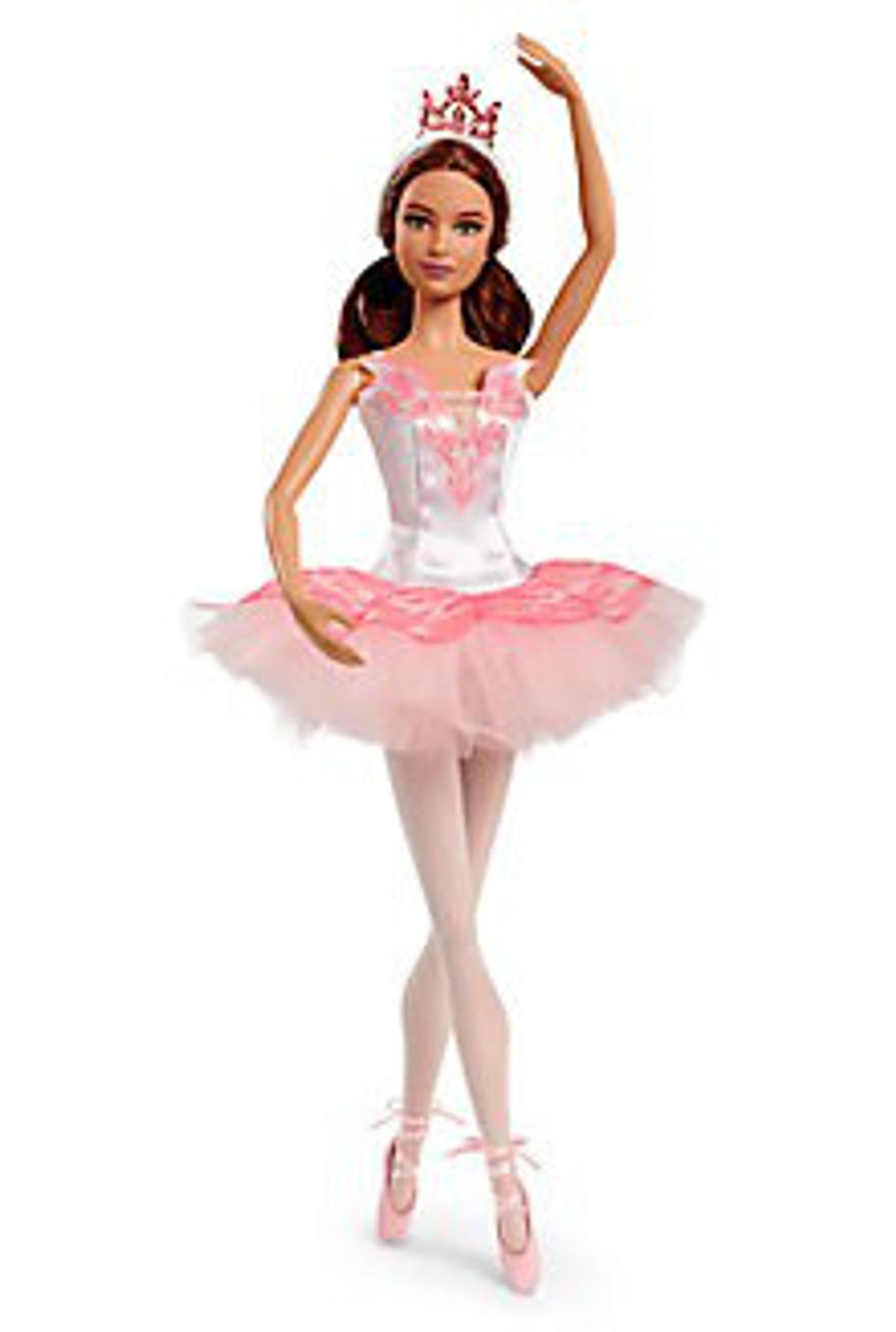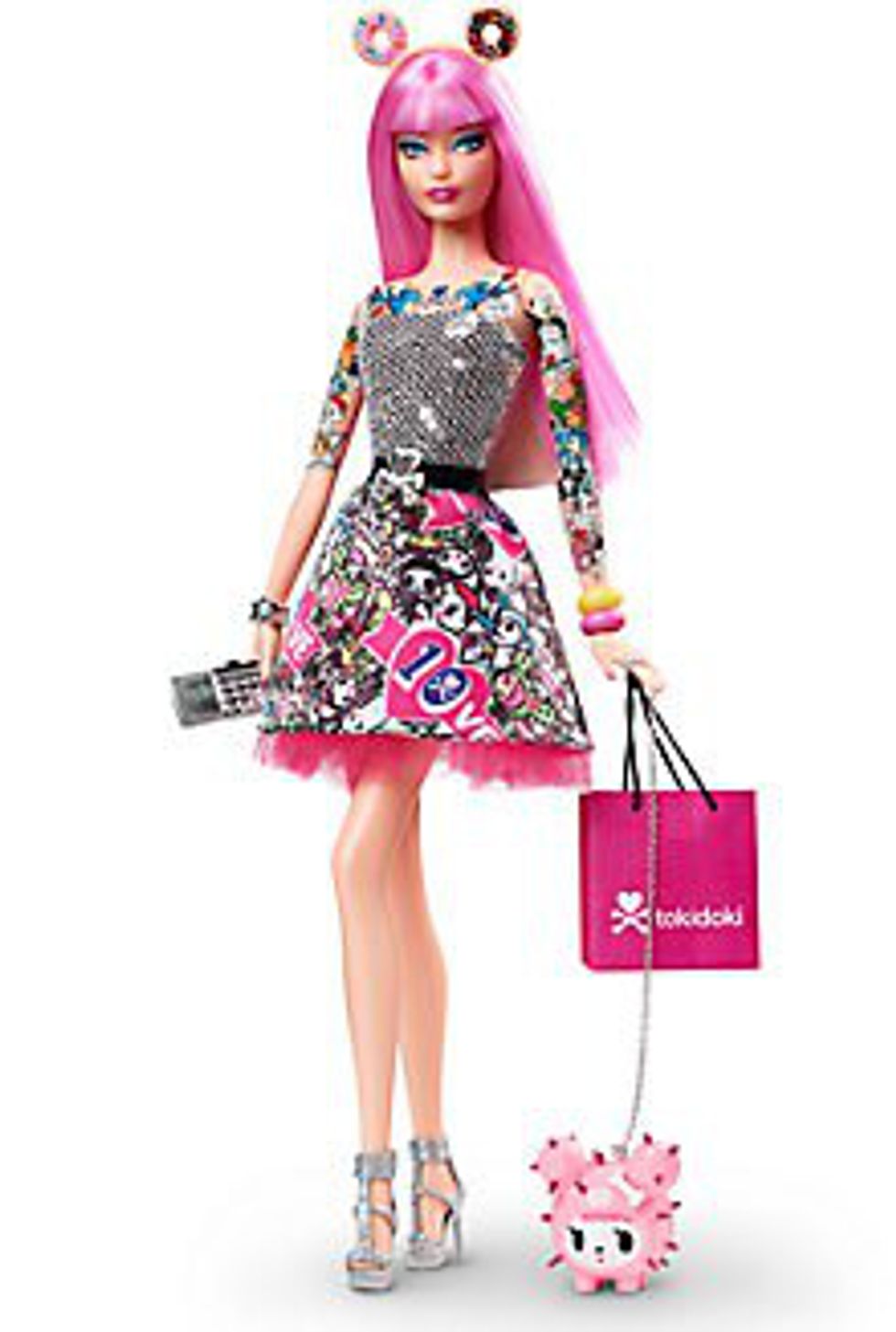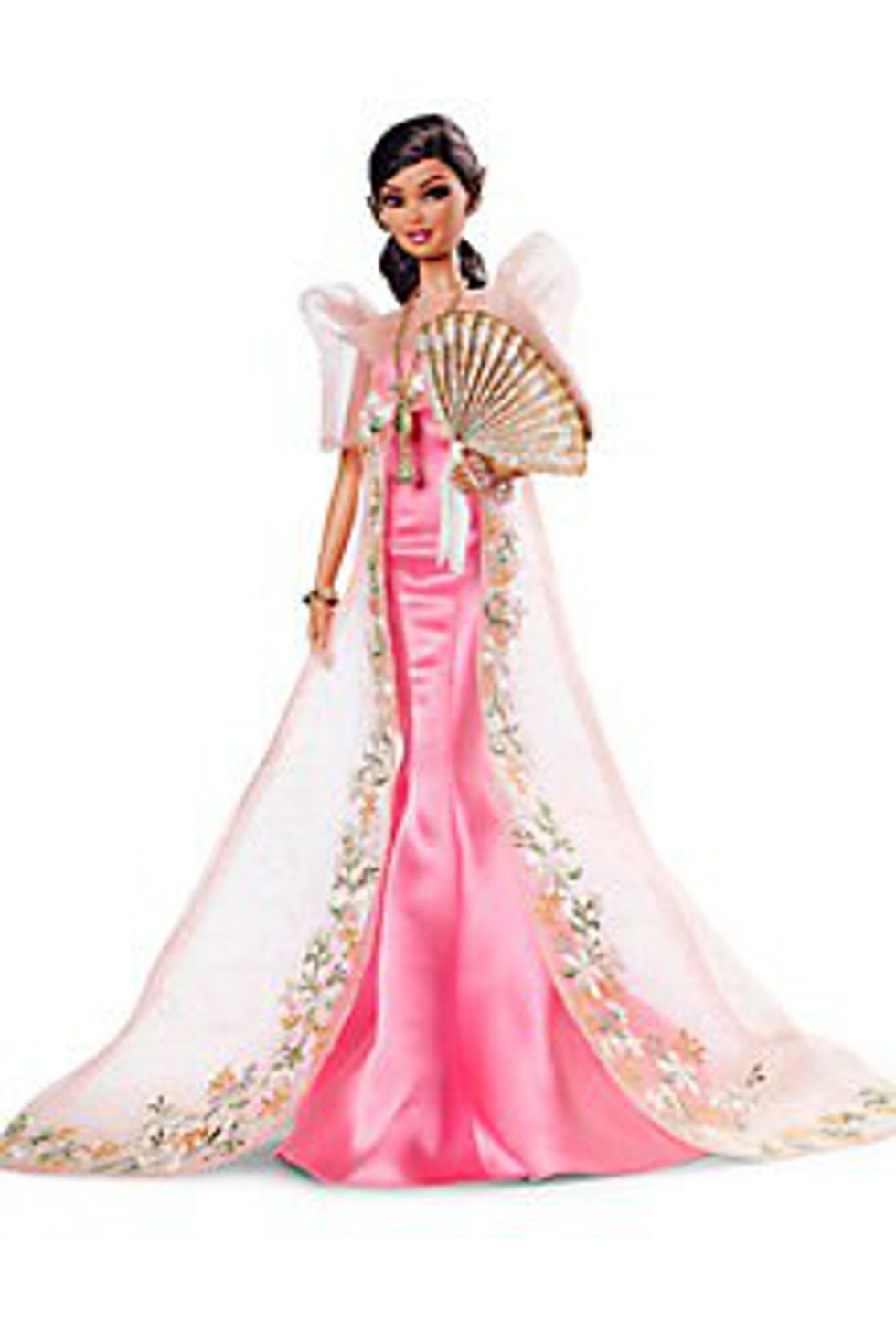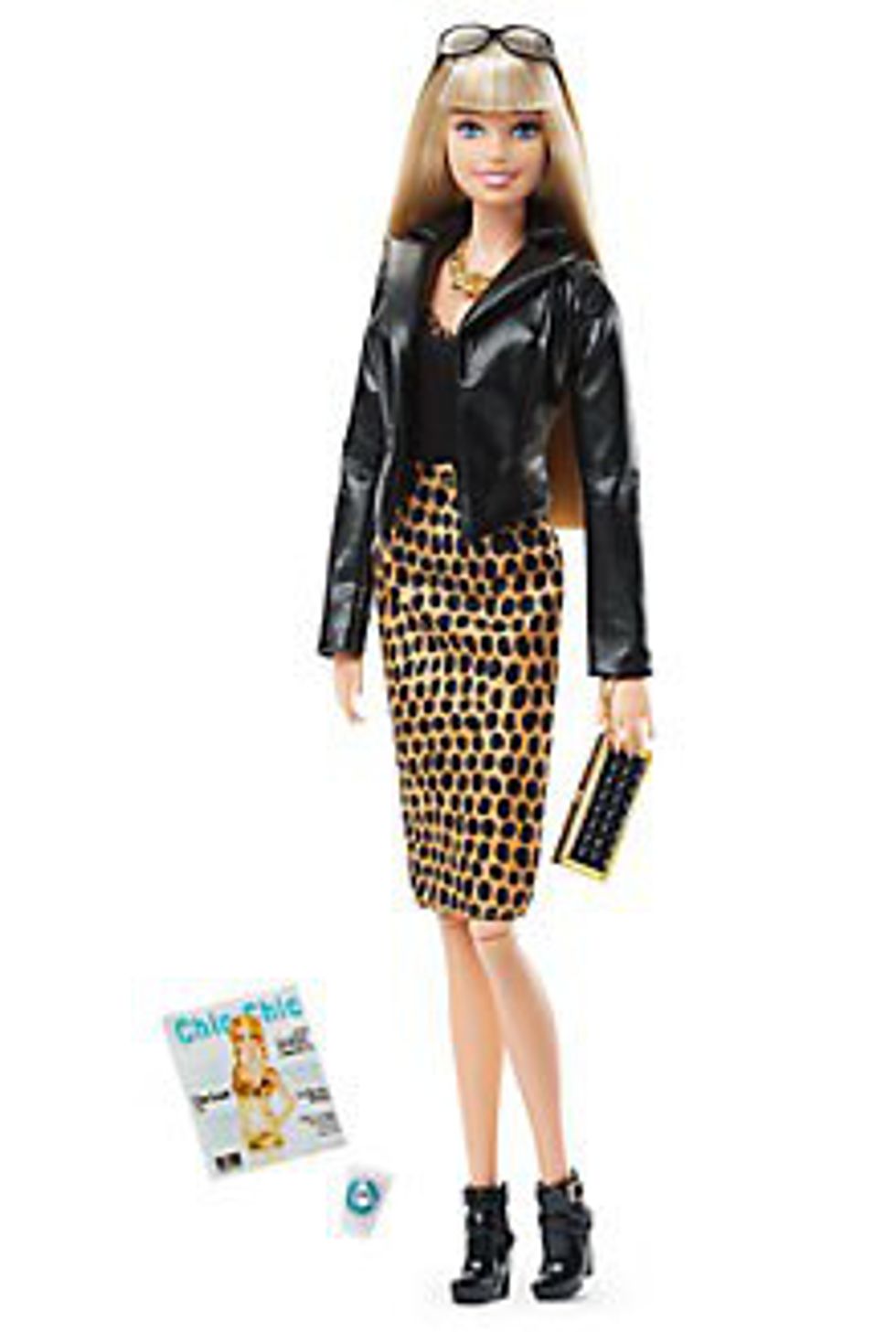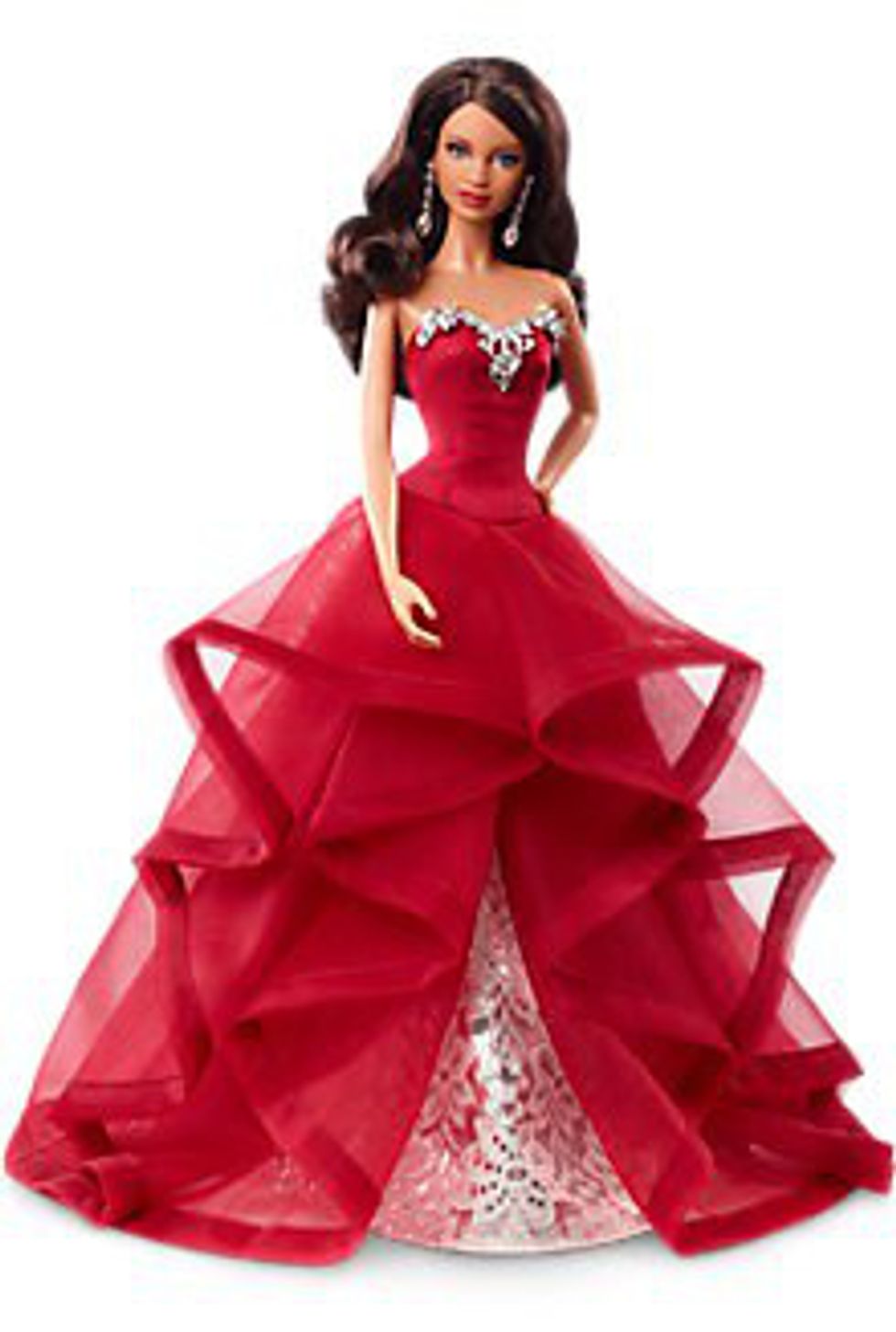The untarnished porcelain skin was smooth against my seven-year-old hands; I never wanted to let my Barbie go. Her straight, silky blonde hair tickled my skin as I led her into her Barbie Dream House. I did not know this at the time, but this doll would shape my self-esteem for years to come. I dreamed of having her long blonde hair and tiny body, she was my idea of perfection. I wanted her life; to have a boyfriend like Ken, her pink Corvette convertible and have a mansion with anything I could dream of. Playing with Barbie was always the cool thing to do as a child, from setting play dates with friends to play Barbie’s to dressing up your dream doll from head to toe. At my young, naive age, I was unaware that the perfection of Barbie was unattainable.
Some girls have even taken the extreme measure of mutilating their bodies to mimic Barbie’s. In 2010, reality television star Heidi Montag endured ten plastic surgeries simultaneously at the young age of 23-years-old. Montag was interviewed to find what influenced her to go under the knife and she has stated in several interviews that she just wanted to “look like Barbie”. Would the media show more realistic women if Barbie was never created? Would it change how the media began to portray women and their idea of beauty?
Barbie is also known for her looks, perfect hair, makeup and clothes. Barbie has led girls to spending hours caking on makeup, destroying their hair with dye, using straighteners and curling irons while begging their parents for clothes from the most expensive and popular stores all to try and achieve this perfect look. The knowledge drilled into children’s developing minds, both boys and girls, through advertising is that Barbie is the ideal looking woman. This notion then sticks in a child’s mind as they grow older.
After I stopped playing with Barbie, I often struggled with my weight as a child, and would often compare myself to people around me that were labeled as “prettier” or “skinnier” than me. Generation Y is exposed to a vast amount of media that portrays the idea of beauty and what it takes to be beautiful such as advertisements, magazines, fashion shows and celebrities. As I grow up, I realize that there will always be people considered “prettier” or “skinnier” than me, but what truly makes people who they are isn’t their physical characteristics, but who they are as a person.
Mattel's newest campaign "Imagine the Possibilities" focuses less on the physical characteristics of Barbie and more on how young girls can accomplish their dreams. Also, Barbie's newest collection contains more diverse looking dolls. This campaign is a way for Mattel to reshape the face of Barbie and for children to gain confidence at a young age.
1. 2016 Ballet Wishes--Hispanic
2. 2015 Tokidoki Barbie
3. 2015 Mutya Barbie
4. 2015 The Barbie Look--Urban Jungle
5. 2015 Holiday Barbie--African American


